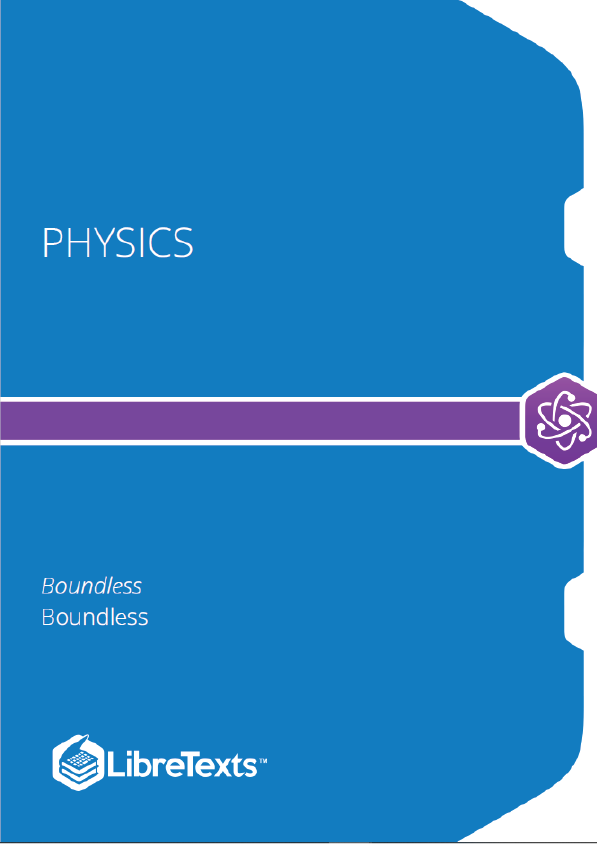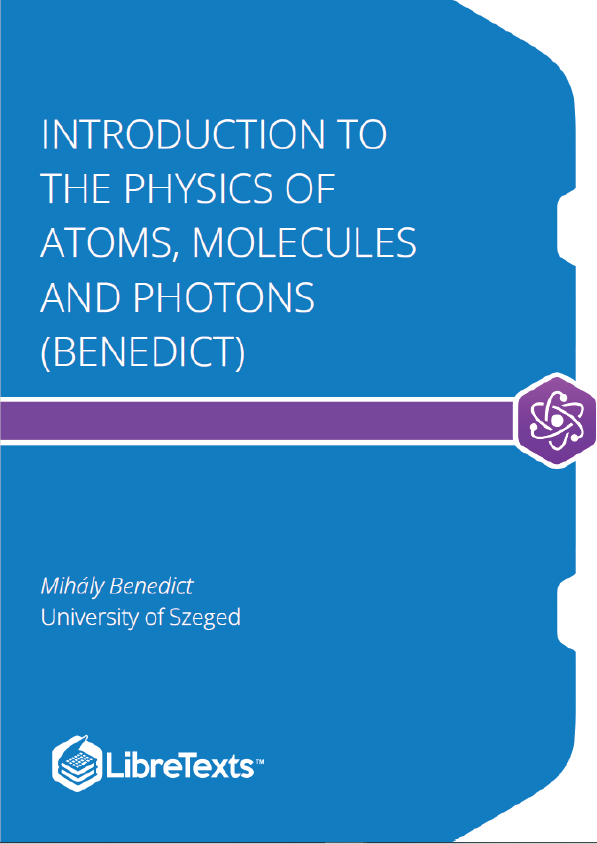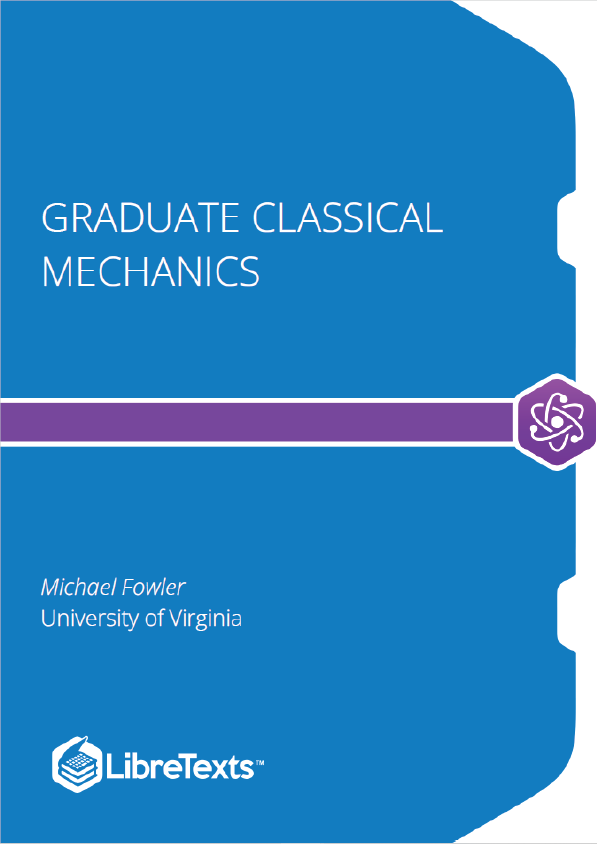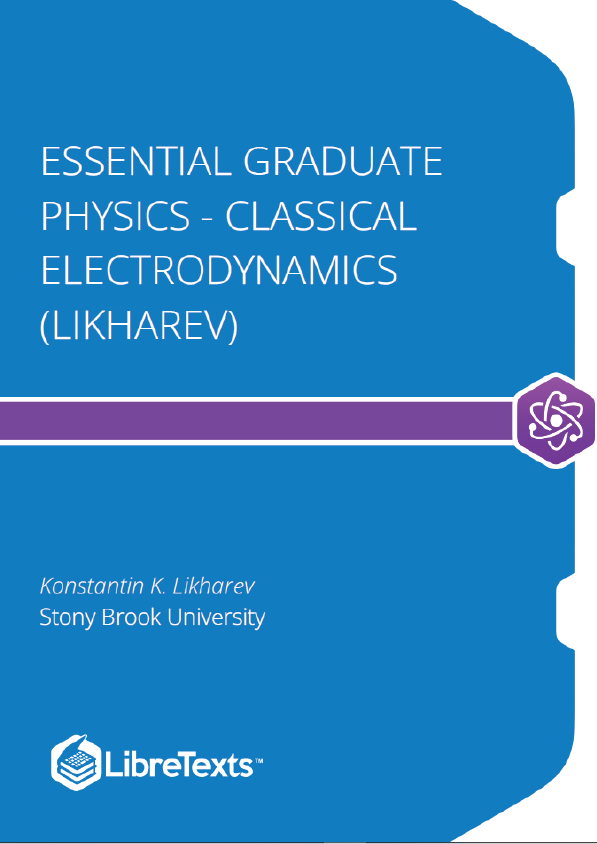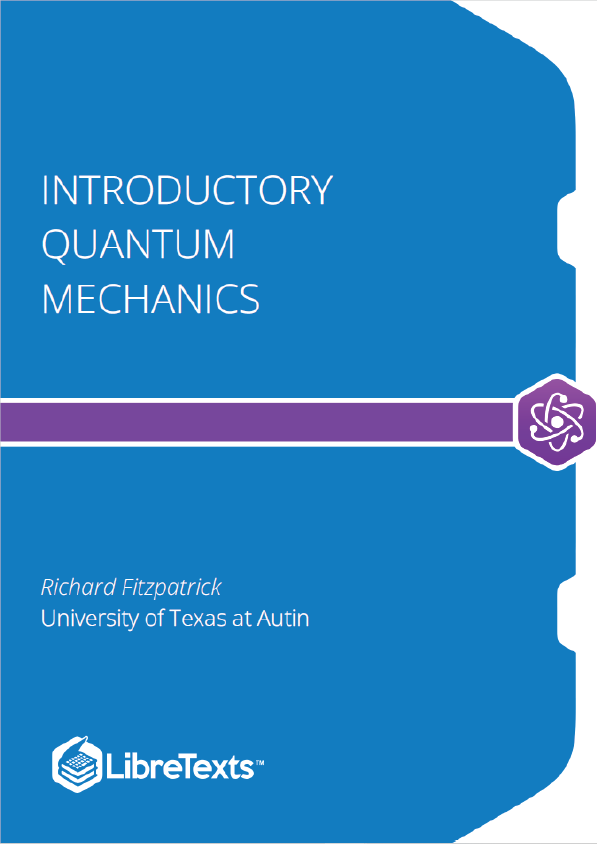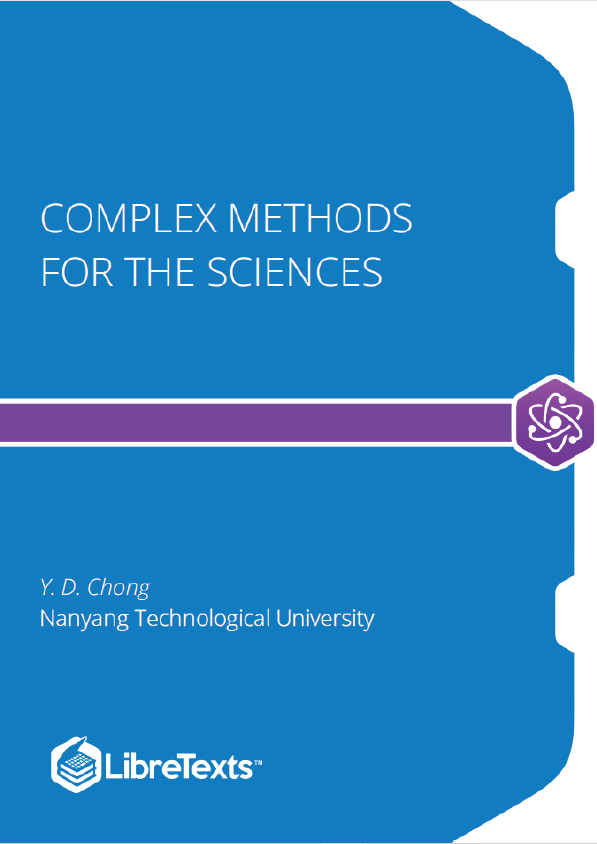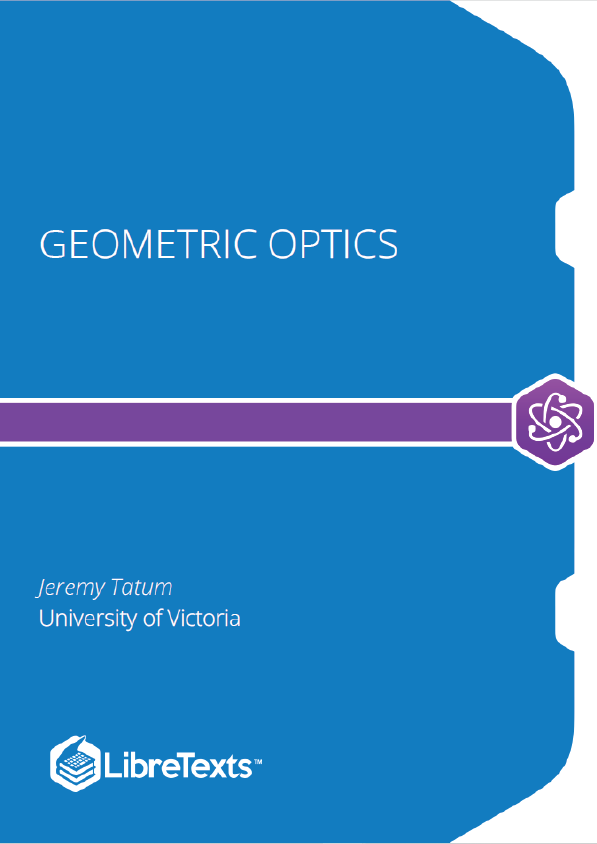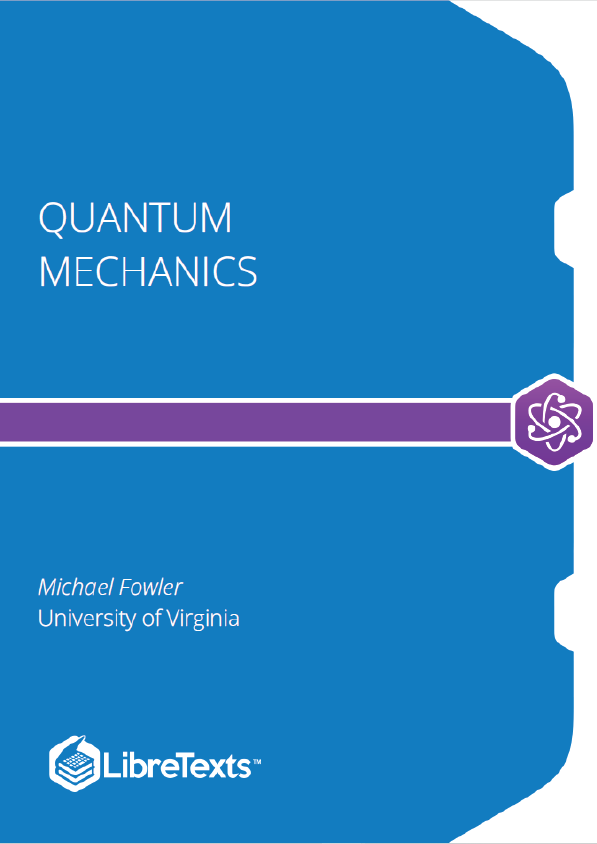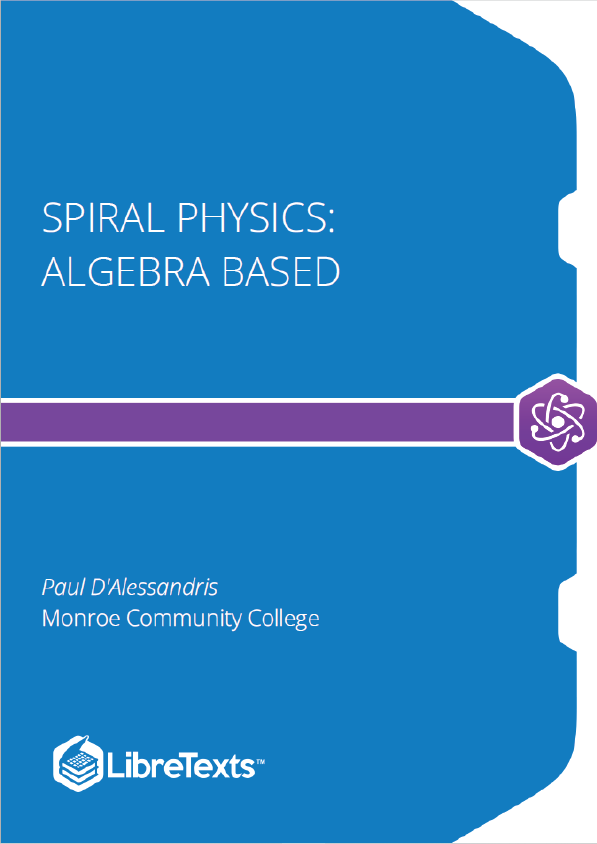What is Physics?: Mr. Andersen explains the importance of physics as a science. History and virtual examples are used to give the discipline context. Physics uses the scientific method to help uncover the basic principles governing light and matter, and to discover the implications of those laws. It assumes that there are rules by which the universe functions, and that those laws can be at least partially understood by humans. It is also commonly believed that those laws could be used to predict everything about the universe’s future if complete information was available about the present state of all light and matter.
Matter is generally considered to be anything that has mass and volume. Many concepts integral to the study of classical physics involve theories and laws that explain matter and its motion. The law of conservation of mass, for example, states that mass cannot be created or destroyed. Further experiments and calculations in physics, therefore, take this law into account when formulating hypotheses to try to explain natural phenomena.
Physics aims to describe the function of everything around us, from the movement of tiny charged particles to the motion of people, cars, and spaceships. In fact, almost everything around you can be described quite accurately by the laws of physics. Consider a smart phone; physics describes how electricity interacts with the various circuits inside the device. This knowledge helps engineers select the appropriate materials and circuit layout when building the smart phone. Next, consider a GPS system; physics describes the relationship between the speed of an object, the distance over which it travels, and the time it takes to travel that distance. When you use a GPS device in a vehicle, it utilizes these physics equations to determine the travel time from one location to another. The study of physics is capable of making significant contributions through advances in new technologies that arise from theoretical breakthroughs.
Physics and Other Fields
Physics is the foundation of many disciplines and contributes directly to chemistry, astronomy, engineering, and most scientific fields.
- Explain why the study of physics is integral to the study of other sciences
Physics and Other Disciplines
Physics is the foundation of many important disciplines and contributes directly to others. Chemistry deals with the interactions of atoms and molecules, so it is rooted in atomic and molecular physics. Most branches of engineering are applied physics. In architecture, physics is at the heart of structural stability and is involved in acoustics, heating, lighting, and the cooling of buildings. Parts of geology rely heavily on physics, such as the radioactive dating of rocks, earthquake analysis, and heat transfer in the Earth. Some disciplines, such as biophysics and geophysics, are hybrids of physics and other disciplines.
Physics has many applications in the biological sciences. On the microscopic level, it helps describe the properties of cell walls and cell membranes. On the macroscopic level, it can explain the heat, work, and power associated with the human body. Physics is involved in medical diagnostics, such as X-rays, magnetic resonance imaging (MRI), and ultrasonic blood flow measurements. Medical therapy sometimes directly involves physics: cancer radiotherapy uses ionizing radiation, for instance. Physics can also explain sensory phenomena, such as how musical instruments make sound, how the eye detects color, and how lasers can transmit information.
The boundary between physics and the other sciences is not always clear. For instance, chemists study atoms and molecules, which are what matter is built from, and there are some scientists who would be equally willing to call themselves physical chemists or chemical physicists. It might seem that the distinction between physics and biology would be clearer, since physics seems to deal with inanimate objects. In fact, almost all physicists would agree that the basic laws of physics that apply to molecules in a test tube work equally well for the combination of molecules that constitutes a bacterium. What differentiates physics from biology is that many of the scientific theories that describe living things ultimately result from the fundamental laws of physics, but cannot be rigorously derived from physical principles.
